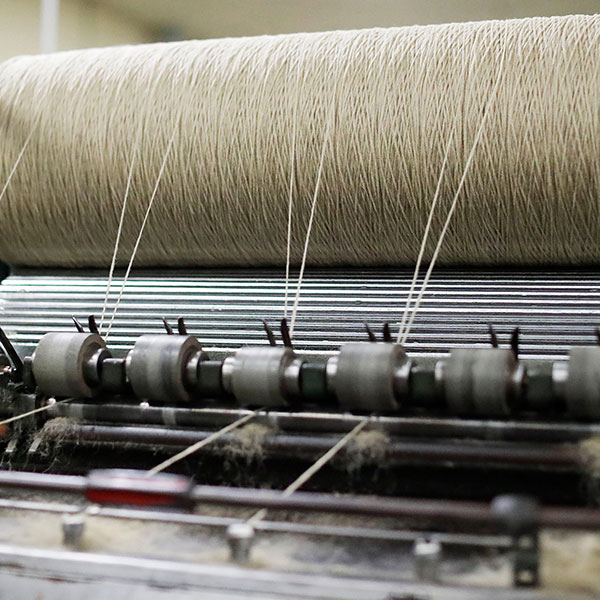Spinning transforms carded fibers into strong, structured yarn by adding a primary twist. While the size of yarn is dependent on the fibers used, the amount of twist – measured in twists per inch (TPI) – affects the yarn’s strength, flexibility, and texture. As such, the TPI is carefully controlled for consistency and strength. We utilize ring-spun and open-end spinning methods to ensure high-tenacity synthetic and natural fiber yarns.










